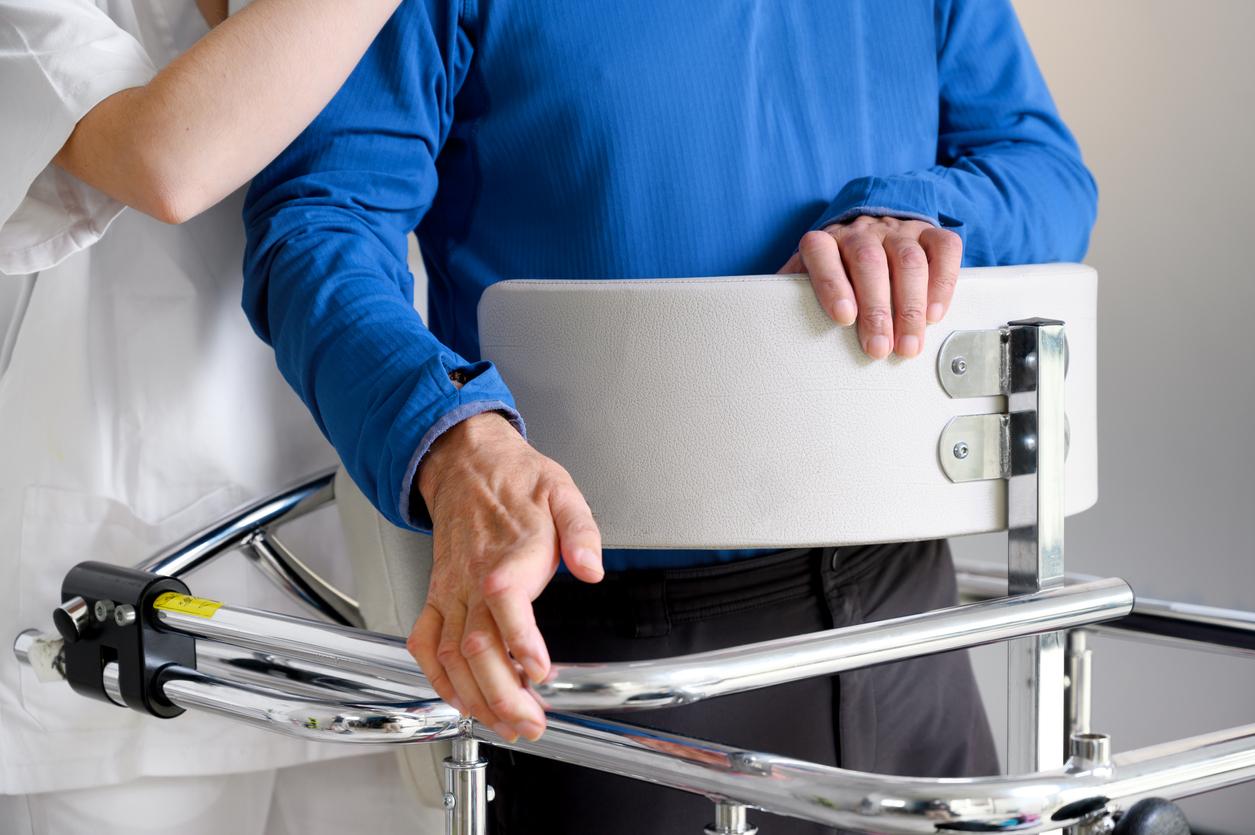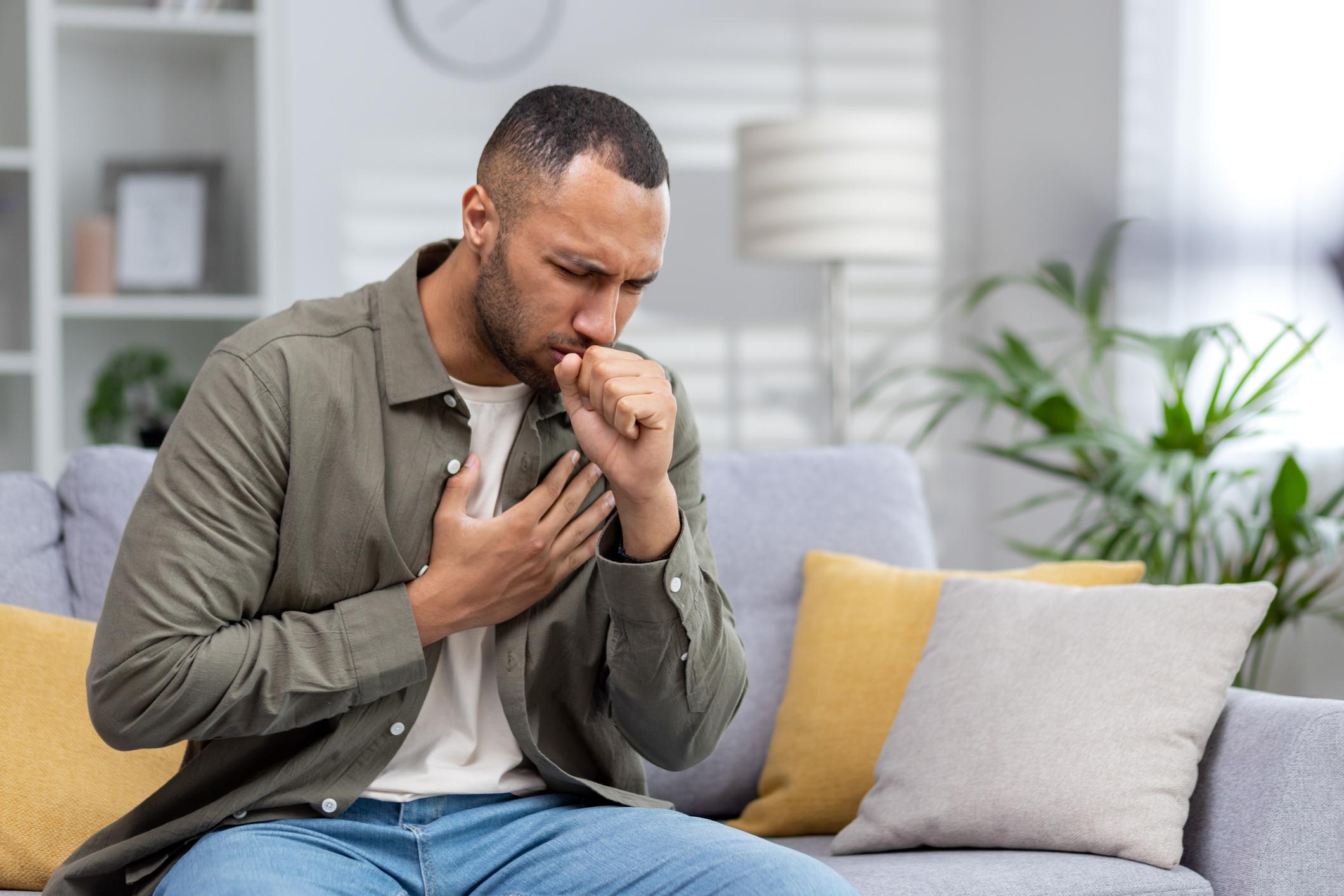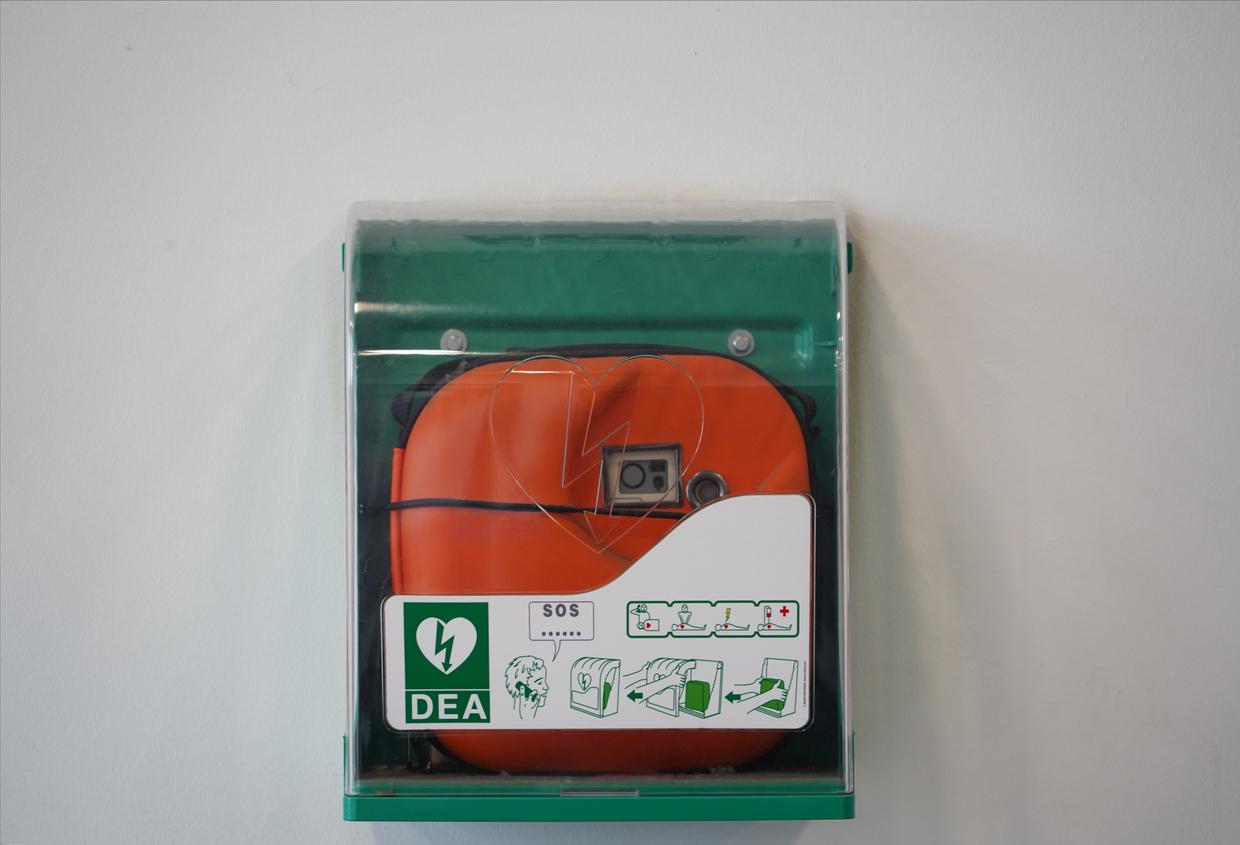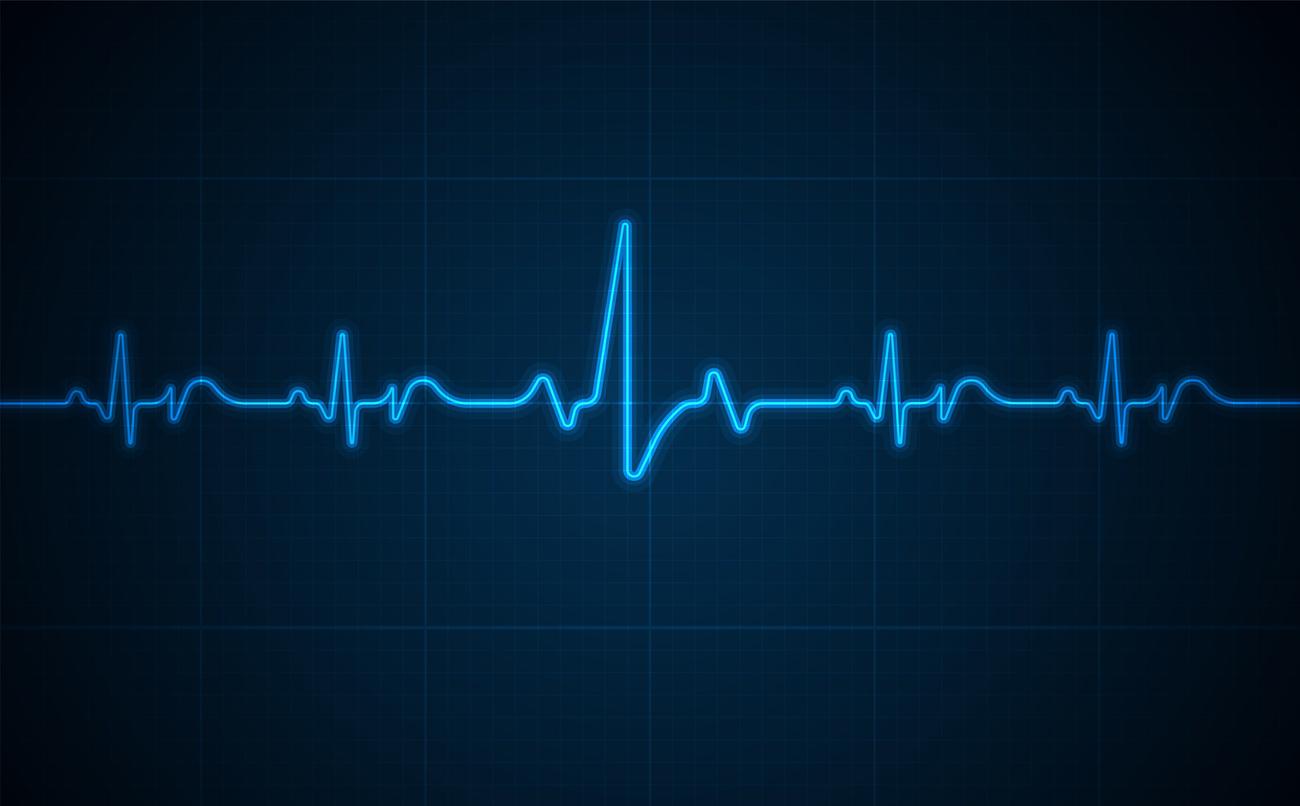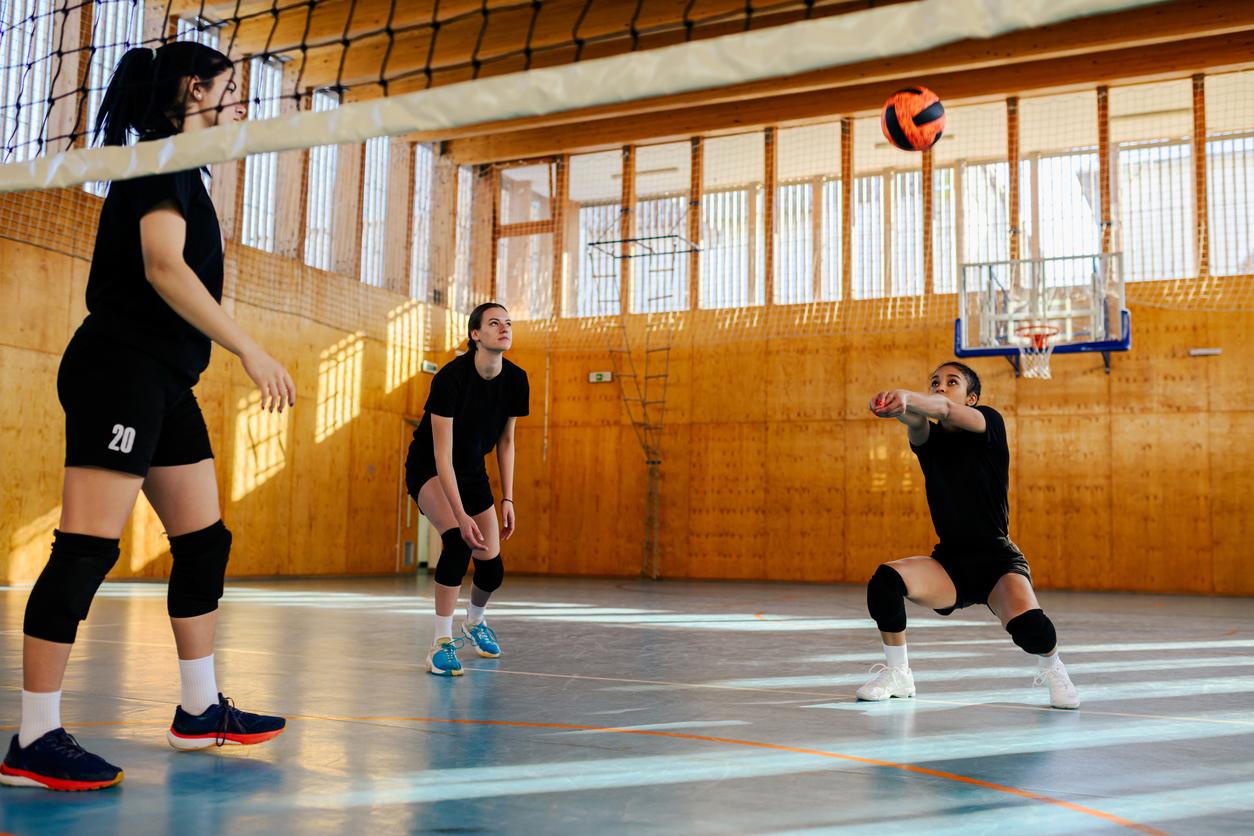An English study reveals that defibrillators are only used in 10% of cardiac arrests occurring outside the hospital.
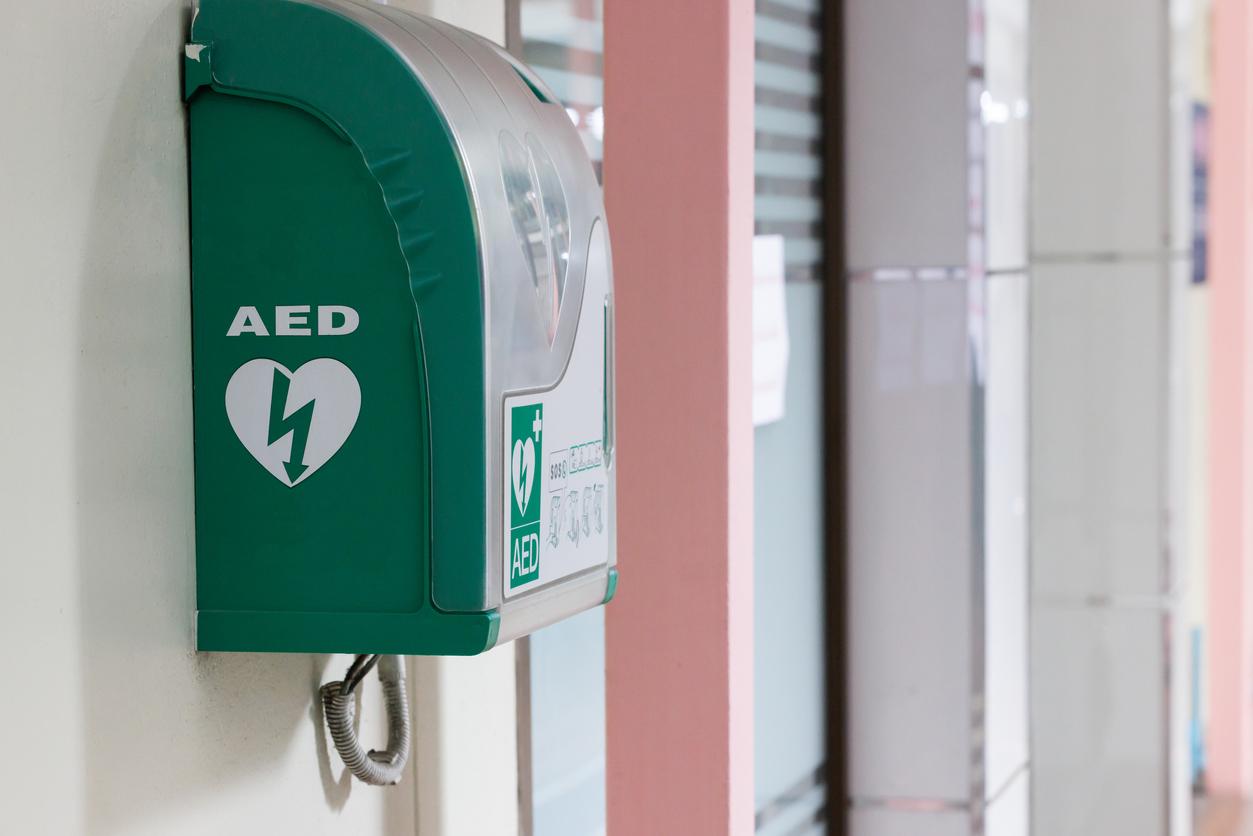
- A defibrillator is not used in 90% of cardiac arrests occurring outside the hospital according to a study conducted in England.
- In France, more than 40,000 people could have survived if a defibrillator had been used.
- These findings underscore the need for improved education and awareness of defibrillators, the researchers say.
Defibrillators can save lives but they are not used enough: this is the observation of English researchers.
Indeed, defibrillators are only used in one in ten cardiac arrests when these lifesaving devices are available, according to a new study presented at the British Cardiovascular Society conference in Manchester, England.
Cardiac arrest can occur after a heart attack
Cardiac arrest is a complication of myocardial infarction, also called heart attack, which is the destruction of part of the heart muscle (the myocardium).
“There is cardiac arrest if the victim loses consciousness, falls and does not react when spoken to or stimulated and their breathing is non-existent (their chest does not rise) or very irregular“, recalls theHealth Insurance.
Each year more than 30,000 people die from cardiac arrest outside of hospital in the UK, and less than one in ten survive. In France, more than 90% of cardiac arrests take place at home.
Cardiac arrest: defibrillators present but little used
The study is based on data from the East of England Ambulance Service and of The Circuit, the national network of defibrillators set up by the British Heart Foundation (BHF). It maps the location of defibrillators across the UK, so emergency services can direct passers-by to the nearest defibrillator in the event of a cardiac arrest.
In France, this network is called Geo’DAE.
To carry out their work, the English researchers analyzed the density of defibrillators in the different geographical areas, the number of cardiac arrests and the frequency of use of defibrillators between April and September 2022.
The results revealed that 1,649 cardiac arrests occurred in the East of England over the six month period. Public access defibrillators were available (less than 500 m from the cardiac arrest) in 1,302 cases (79%), but were only used in 132 cases (10%).
Cardiac arrest: acting quickly saves lives
According to the researchers, these results highlight the need for improved education and awareness around defibrillators, so that they are used more frequently.
Indeed, rapid cardiopulmonary resuscitation and defibrillation can more than double a person’s chances of survival, the study authors point out. Judy O’Sullivan, Director of Health Program Innovation at the British Heart Foundation, said: “Cardiopulmonary resuscitation and defibrillation performed by bystanders can mean the difference between life and death, so it is concerning that defibrillator usage rates are low.”
According to the study authors, there are many reasons for the low use of defibrillators, including the fact that there are not enough first aiders available at the scene of an emergency, the difficulty of accessing a defibrillator when it is needed, or the fear of using it.
“More needs to be done to encourage people to use these lifesaving devices when available”, notes Judy O’Sullivan.
Cardiac arrest: deaths could be avoided thanks to defibrillators
In France, each year, between 40,000 and 50,000 people suffer sudden deathfor lack of having benefited at the right time from the intervention of a person who could have saved their lives by practicing first aid and administering an electric shock (defibrillation), the time that the rescue teams and d medical emergency respond.
In sheet on the use of automated external defibrillators (AEDs) the government recalls:With voice assistance, the AED user is guided step by step, from cardiac massage to placement of electrodes. The AED makes the diagnosis and decides whether or not to shock..”
“Dare to act! In case of cardiac arrest, the worst is to do nothing”, is the watchword according to health authorities.









